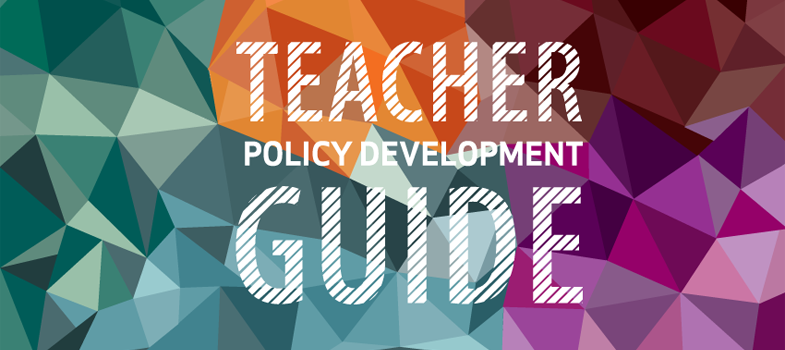2.2.7 Participation and commitment
Like the policy development and implementation processes (Chapters 4 and 5), the process of framing a teacher policy should build on the widest possible participation of all major stakeholders to ensure ownership and commitment to achieving the policy’s goals. The most important (tier 1) partners and stakeholders are the teachers Footnote 6themselves and their collective representatives, i.e. teacher unions and professional organizations (teacher professional associations and colleges), followed closely (tier 2) by key system actors, notably teacher education institutions and professional certification, regulatory or standard- setting bodies. A third tier of stakeholders comprising students, parents and community representatives should also have a voice in defining the policy, hopefully committing to its achievement.
Consulting those individuals that are most knowledgeable about the subject because they are engaged in teaching and learning situations on a daily basis is a crucial foundation of good policy development. However, international reviews have consistently pointed to a noticeable lack of teacher voice in determining education (including teacher) policy. Not only does this demoralize teachers, it can have negative consequences on proper policy development and the commitment to seeing them through (ILO and UNESCO, 2010: 7–18; Ratteree, 2004; UNESCO, 2014a: 220–222). Framing an inclusive and holistic teacher policy should be occur through social dialogue (between education authorities/ administrations and teachers, teacher unions and professional organizations) and policy dialogue with other stakeholders close to the classroom teaching and learning dynamic (ILO/UNESCO, 1966: Arts. 9, 10(k), 75; ILO, 2012: 202–204; OECD, 2005: 214–218; World Bank, 2013: 21). Chapters 4 and 5 address in more detail the role of teachers, teacher unions and professional organizations in policy development and implementation.
2.2.6 Funding needs and sources
